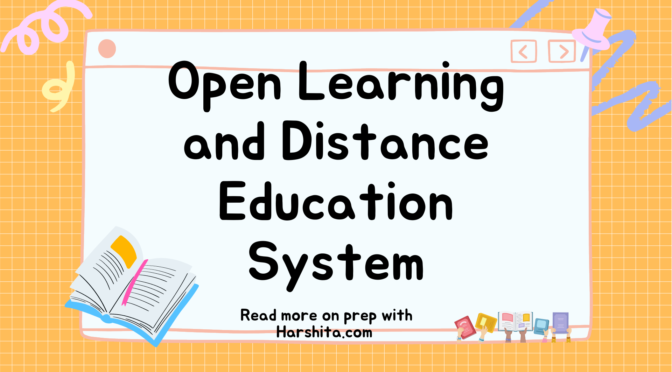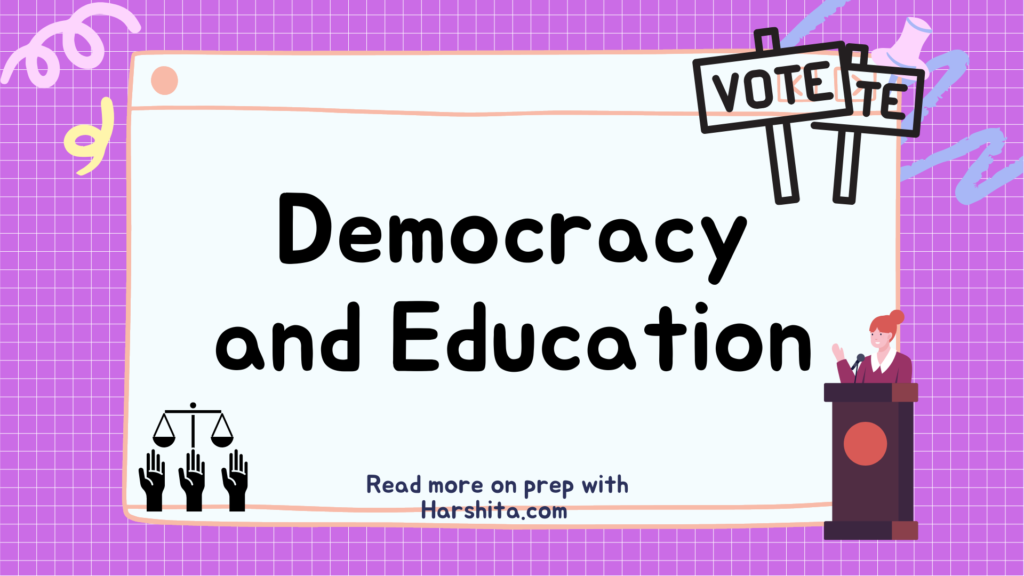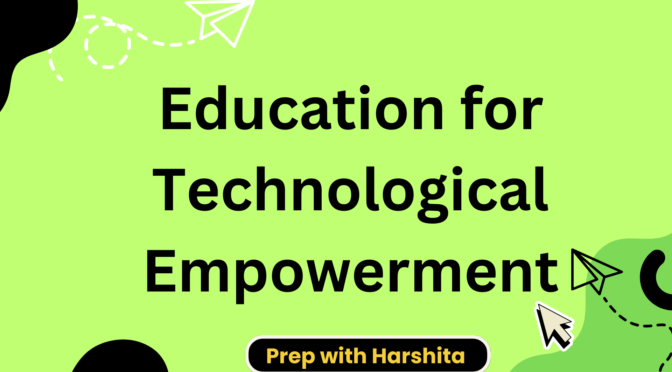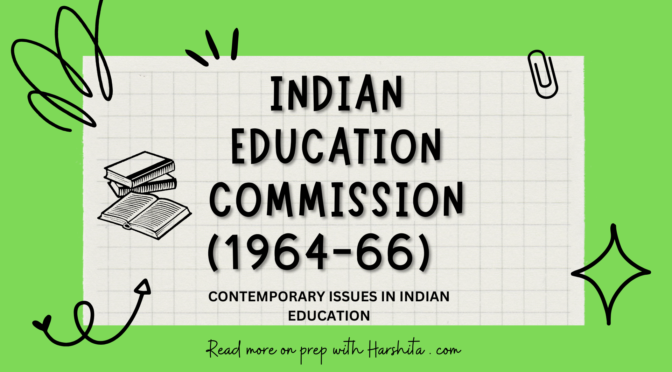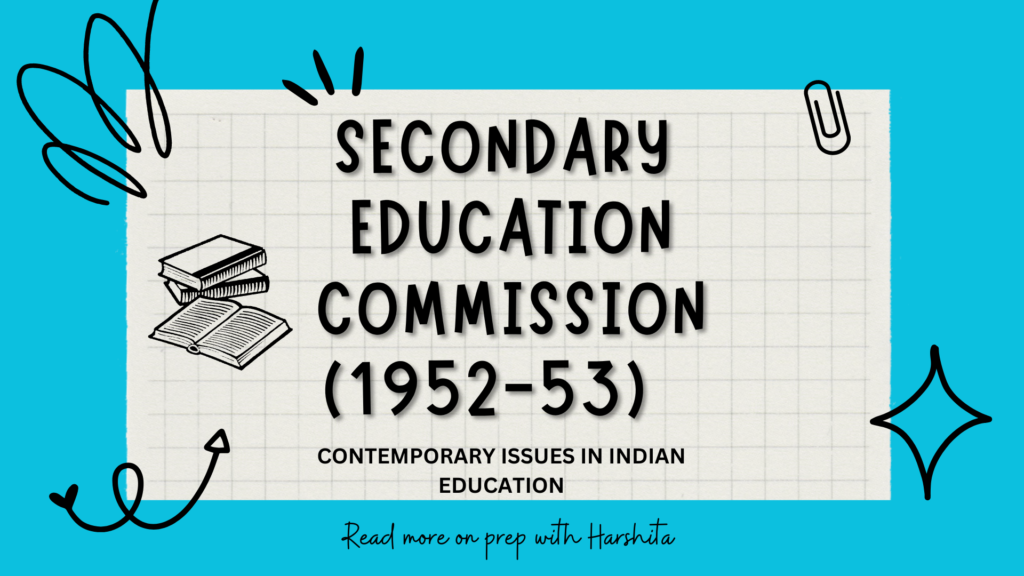Open learning and distance education are alternative forms of education that provide flexible learning opportunities outside the traditional classroom setting. Here’s a detailed explanation of open learning and distance education:
Open Learning:
Open learning refers to an educational approach that allows learners to have greater control over their learning experience. It emphasizes flexibility, self-paced learning, and learner autonomy. In open learning, students have the freedom to choose their courses, study materials, and learning methods according to their individual needs and interests. It often involves a mix of online resources, textbooks, multimedia materials, and interactive platforms.
Key Features of Open Learning:
- Flexibility: Open learning provides flexibility in terms of time, place, and pace of learning. Students can learn at their own convenience, allowing them to balance their studies with other commitments such as work or family responsibilities.
- Self-Paced Learning: Open learning enables students to progress through the course material at their own pace. They can review and revisit topics as needed, focusing on areas that require more attention and moving quickly through areas where they are already proficient.
- Personalized Learning: Open learning recognizes that learners have different needs, learning styles, and interests. It offers a range of learning materials and resources, allowing students to tailor their learning experience according to their preferences and goals.
- Accessible Education: Open learning aims to make education accessible to a wider audience, including individuals who may face barriers to traditional forms of education, such as geographical constraints, financial limitations, or disabilities. It provides opportunities for lifelong learning and skill development.
Distance Education:
Distance education refers to a method of delivering education to learners who are physically separated from the educational institution or instructor. It utilizes various technologies and communication tools to bridge the gap between learners and educators. Distance education can take different forms, including online courses, correspondence courses, teleconferencing, and video lectures.
Key Features of Distance Education:
- Independent Learning: Distance education places a strong emphasis on independent learning. Students are provided with study materials and resources, and they are responsible for managing their own learning process, completing assignments, and preparing for assessments.
- Communication and Interaction: Despite the physical separation, distance education promotes communication and interaction between learners and instructors. It may involve virtual classrooms, discussion forums, email, chat rooms, or video conferencing, enabling students to ask questions, seek clarification, and engage in collaborative learning activities.
- Assessment and Feedback: Distance education incorporates various assessment methods, such as online quizzes, assignments, projects, and examinations, to evaluate student progress and learning outcomes. Feedback and support from instructors are provided through digital means to guide students’ learning and improvement.
- Support Services: Distance education institutions often provide support services to assist students throughout their learning journey. These services may include online tutoring, academic advising, technical support, library resources, and access to online learning platforms.
Advantages of Open Learning and Distance Education:
- Flexibility and Accessibility: Open learning and distance education offer opportunities for individuals who cannot attend traditional on-campus classes due to various constraints, such as work, family commitments, or geographical distance.
- Lifelong Learning: Open learning and distance education promote lifelong learning by enabling individuals to update their knowledge and acquire new skills at any stage of their lives.
- Personalized Learning: These approaches allow students to customize their learning experience according to their needs, interests, and learning styles.
- Technology Integration: Open learning and distance education harness the power of technology to deliver educational content and facilitate communication and collaboration between students and instructors.
- Cost-Effective: Distance education can be a cost-effective alternative to traditional education, as it eliminates expenses related to commuting, accommodation, and campus facilities.
Challenges and Considerations:
- Self-Motivation and Discipline: Open learning and distance education require self-motivation and discipline, as learners must take responsibility for managing their time and keeping up with coursework.
- Digital Literacy and Technical Requirements: Distance education relies heavily on technology, so students need to possess basic digital literacy skills and have access to reliable internet connectivity and appropriate devices.
- Social Interaction: The lack of face-to-face interaction and social engagement in open learning and distance education can be a challenge for some students. Efforts should be made to foster virtual communities and facilitate peer-to-peer interaction.
- Quality Assurance: Ensuring the quality and effectiveness of open learning and distance education programs is crucial. Institutions must design and deliver courses that meet established educational standards and provide adequate support for student success.
Open learning and distance education have expanded educational opportunities and transformed the way learning is delivered and accessed. They provide flexibility, accessibility, and lifelong learning possibilities for a diverse range of learners, making education more inclusive and adaptable to individual needs.
Also Read: Indian Education Commission

Also, Visit: Prep with Harshita

